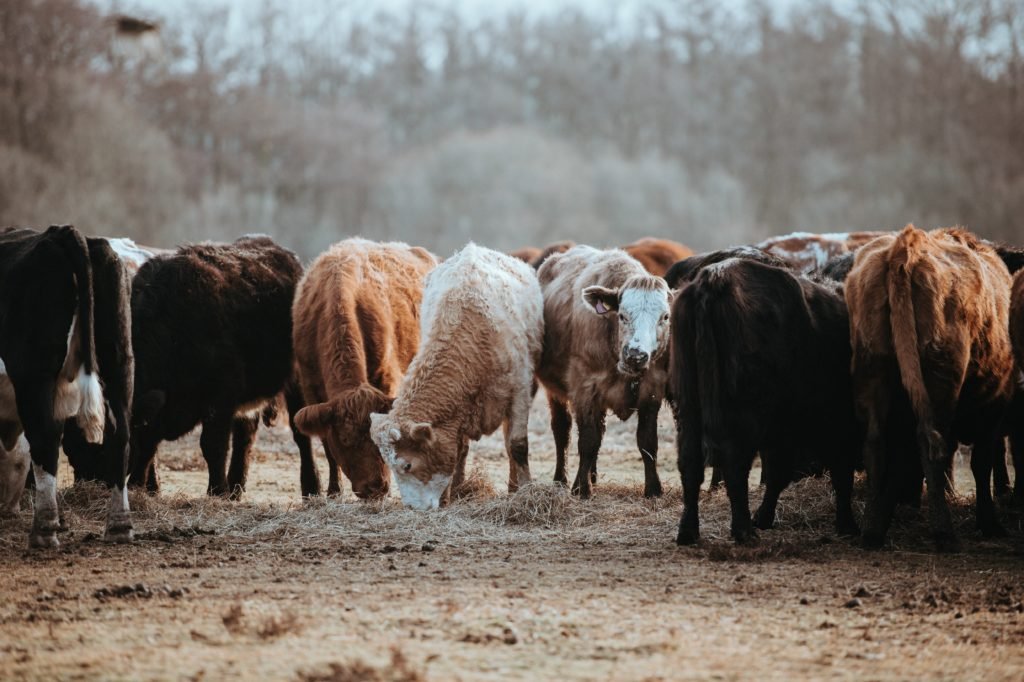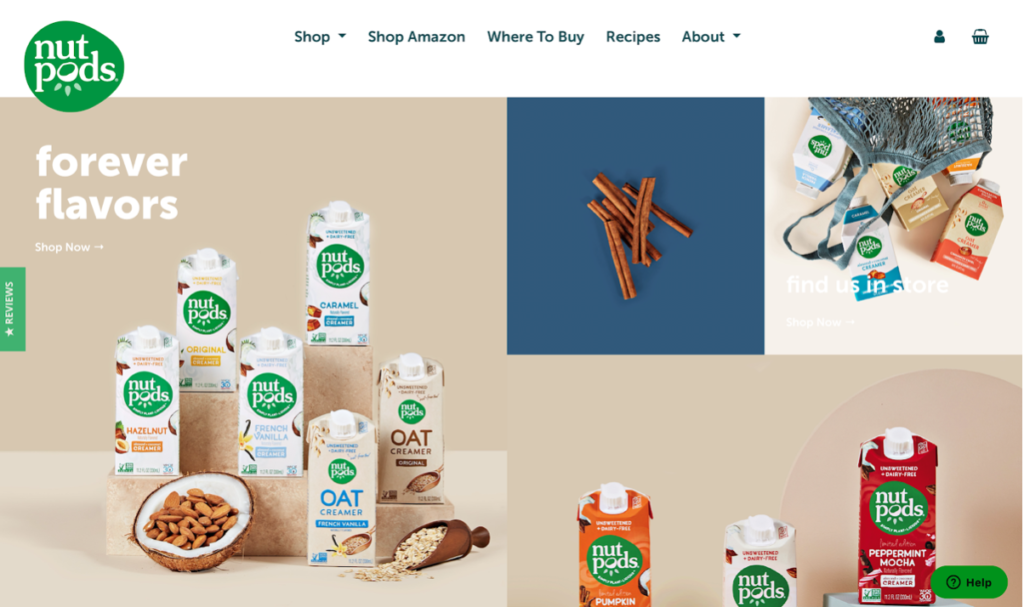Did you know that your diet choice has a huge impact on the environment?
It has been studied that a plant-based diet is the best option in terms of fighting climate change.
“The global food system accounts for approximately 37 percent of all greenhouse gas emissions in the world, and nearly one-quarter of the world’s total emissions.”
According to Carbon Brief, it is unlikely for us to achieve the targets under the Paris Agreement if we are not willing to significantly change our diets. What we can do to reduce greenhouse gas emissions, is to reduce food waste and transit to a sustainable, plant-based diet. It is ideal that we would switch to a completely plant-based diet, however, only reducing the amount of meat we consume is already an effective way to mitigate climate change. According to European Scientist, if we would limit our meat intake to around 60 grams per person per day, we could reduce agricultural emissions by up to eight gigatons of carbon each year.

Leading cause of climate change: Animal agriculture
One of the most significant factors causing global warming is agriculture. Agricultural activities are increasing deforestation globally, as we cut down forests to make room for farming. According to Greenpeace, 80% of global deforestation is caused by agricultural production. Due to deforestation, large stores of carbon dioxide are released into the atmosphere, causing global warming. It has been estimated that deforestation is responsible for approximately 10 percent of all global warming emissions.
Today’s agricultural system is using approximately one-third of all ice-free land on earth. Three-quarters of the land used for agriculture is more specifically used for livestock. Animal agriculture is one of the leading culprits for climate change. Farming and grazing require a large amount of water and land, and the crops and water are mainly used to bulk up animals that are later slaughtered for our food. When these animals are old enough to be slaughtered, they are transported in factory-style slaughterhouses, where their body parts are packaged and shipped across the world. FAO has stated that greenhouse gas emissions from crops and livestock increased by 16% between the years 2000 and 2017. The biggest impact on the environment has cattle, as they are raised for both beef and milk. Therefore, 65 percent of the livestock sector’s emissions come from cows, followed by pork 9%, buffalo milk 8%, and poultry and eggs 8%.

Fighting climate change with a plant-based diet
There’s no denying that meat and dairy have an outsized impact on any other food. Livestock is responsible for approximately 14.5 percent of global greenhouse gases each year. Therefore it’s highly recommended to reduce meat and dairy consumption and focus on eating more plant-based instead. The ideal situation is, of course, to avoid meat and dairy products completely, however, a vegan diet is not for everyone, and there are steps you can take towards a climate-smart diet even when eating meat. The most significant step you can take is to focus on how much you consume certain ingredients and where they come from.

Local food
It is said that local food is the best choice to mitigate climate change, and often this is true. By buying local food you support the local economy and reduce food miles that come from transportation. Local food does not create a large carbon footprint as transported food does, and this will cut down fuel consumption and air pollution. Also, no shipping facilities, packaging facilities, or refrigeration is needed. Local food is therefore fresher as well. However, local food is not always the best choice from a climate perspective.
According to DW, the production emissions vary depending on which country the products are produced. As an example, the production of 0.45 kilograms of beef in Paraguay contributes nearly 17 times more greenhouse gas emissions than 0.45kg of beef produced in Denmark. This disparity is often due to deforestation to create grazing lands. For this reason, it is important to be aware of the number of emissions the production creates in each country, and based on that decide whether it’s better to eat local or transported food products. The best option from a climate perspective is to consume food products that are produced in places where the climate impact is lowest. Of course, when eating transported food the emissions caused by the transportation must be taken into account. It’s obvious that food transported from the other side of the world won’t be the best option for climate.
Seasonal food
Another climate-friendly habit to adopt is to consume seasonal food. Seasonal food is food that is harvested and ready to eat within certain seasons. Seasonal eating is not only better for the planet but is also healthier as the nutrient content changes in foods depending on which seasons they were produced in. The seasonal products depend on the country you are living in. When buying seasonal ingredients, always remember to check what is currently seasonal in your country.
Kuri
If you would like to learn how to cook sustainable meals and lower your carbon footprint through sustainable food, we recommend you to take a look at the App Kuri. Kuri provides you endless recipes based on your region, dietary preferences, lifestyle choices, and values. It uses carbon emission data and dynamic seasonality to suggest the most sustainable options to cook your meals. Kuri has also partnered with Wells for Zoë and every time you cook with the app, they will plant a tree on your behalf!
If you would like to try out the App Kuri, you can find it here.
You can also learn more about their business by reading our interview with them!
10 Brands to make your plant-based eating easier
Are you a vegan looking for new plant-based products to try or a meat-eater wanting to try out a plant-based diet but struggling to start? For whatever reason you want to eat more plant-based, we wanted to share these 10 brands that will make your climate-friendly eating a little bit easier. These brands offer plant-based food products and we recommend you to try them!

Plant-based beverages, creamers and yogurt alternatives

Dairy-free creamers for coffee and tea that are made of almond and coconut

Vegan cheeses and cream cheeses

Variety of lactose-free and plant-based cheeses

Plant-based meat alternatives: burger, savory chicken burger, roasted turkey burger, breakfast sausage, sausage ground, chorizo, chicken chunks, beef tips, taco crumble, pulled pork, crumble and sausage crumble

Plant-based meat alternatives: chick’n turk’y, beefless and porkless, fishless, meals, soups, plant-based jerky

Plant-based meat alternatives: chick’n, deli slices,burgers, sausages and dogs, grounds, pockets, tempeh and roasts

Shreds, slices, gluten-free pizza, vegetable crust pizza, cheezy mac, pints, dessert bars, cheezecake, burritos, cheeze sauce, blocks, cheeze sticks, cream cheeze, dairy-free yogurt and dairy-free dressings

Variety of sausages, burgers, appetizers, deli slices, roast and cheeses

Organic raw chocolates
Author: Oona Yletyinen


